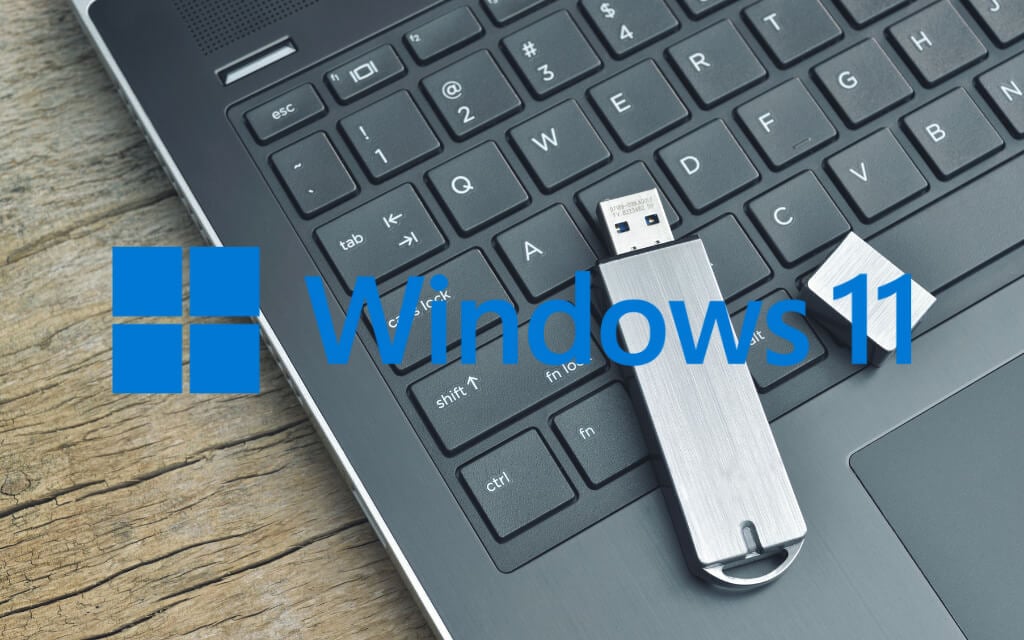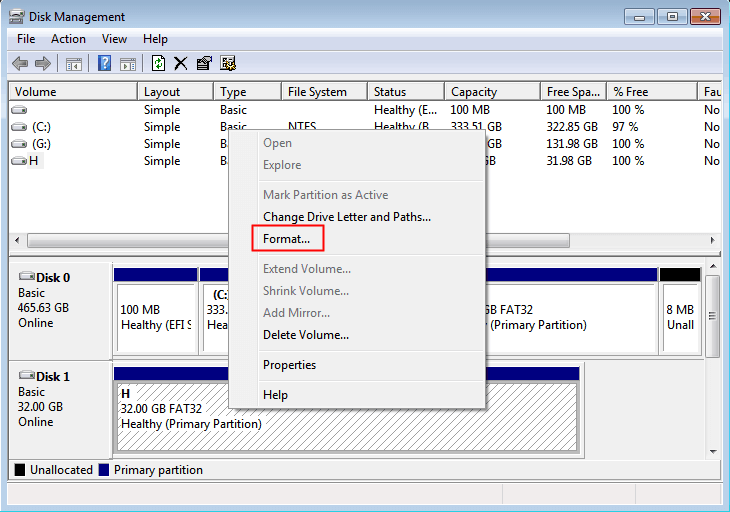

- #How to reformat a usb drive after using it to boot linux how to
- #How to reformat a usb drive after using it to boot linux install
Step 2: How to: Perform a clean install of Windows 10
#How to reformat a usb drive after using it to boot linux how to
Step 1: How to download official Windows 10 ISO files Go to a working computer, download, create a bootable copy, then perform a clean install. On the third time, your computer will boot into the Advanced Recovery environment

Power on and off your computer three times If you are able to power up, do either of the following: Power down, unplug it, reinstall the CMOS CR-2032 chip Plug it in, start the machine, wait 10 seconds If that does not work and you have a desktop computer. I do not quit for those who are polite and cooperative. _ Windows MVP 2010-20 Millions helped via my tutorials and personally in forums for 12 years. įeel free to ask back any questions and keep us posted on how it goes. ħ) There is a step to Rescue Files from the booted media Command Prompt first. Next try Command Prompt to run through Windows 10 Install Integrity Checklist (above link) repair commands including sfc /scannow, DISM, a full Disk Check, or return to Troubleshoot options to Reset Your Windows 10 PC.Ħ) Better yet do the vastly superior Clean Install Windows 10 following the steps in this link to delete all partitions down to Unallocated Space to get it cleanest. ĥ) If Safe Mode doesn’t work or help stabilize things then return to Advanced Troubleshoot options. Try Last Known Good Configuration and then Safe Mode with Networking.Ĥ) From Safe Mode w/Networking work through the Windows 10 Install Integrity Checklist to make sure the install is set up correctly, optimized for best performance, and any needed repairs get done: If it doesn’t fix Windows enough to start it normally, then try a Windows 10 Refresh. If Startup Settings aren't available you can force Safe Mode from Command Prompt using the command to unhide F8 Advanced Startup Options here. If the media won't boot you may need to enter BIOS/UEFI Setup (pressing key given in chart in link above) to turn off Fast Boot or Fast Startup first.ģ) In the Advanced Troubleshooting options try to System Restore to a point before the problems began, Startup Repair, then if necessary from Startup Settings try to get into Safe Mode with Networking, or lastly Safe Mode. Ĭhoose the boot device as a UEFI device if offered, then on second screen choose Repair Your Computer. Insert media, boot it by powering up PC while pressing the BIOS Boot Menu Key. Easiest may be to restart PC three times to trigger the Startup Options.Ģ) If none of the other methods work it may be necessary to Create Windows 10 Installation Media on another PC.

I'm Greg, an installation specialist and 8 year Windows MVP, here to help you.ġ) Use whichever method works in this link to access Advanced Startup Options.


 0 kommentar(er)
0 kommentar(er)
